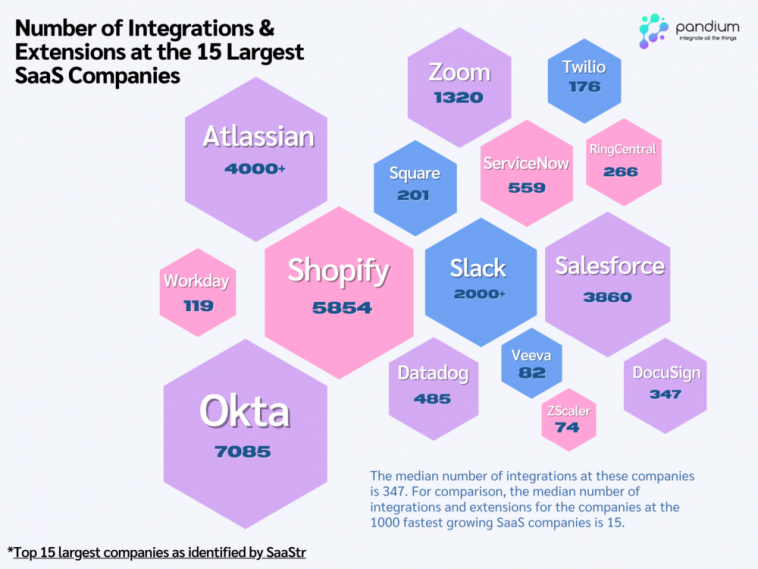- Like
- SHARE
- Digg
- Del
- Tumblr
- VKontakte
- Flattr
- Buffer
- Love This
- Save
- Odnoklassniki
- Meneame
- Blogger
- Amazon
- Yahoo Mail
- Gmail
- AOL
- Newsvine
- HackerNews
- Evernote
- MySpace
- Mail.ru
- Viadeo
- Line
- Comments
- Yummly
- SMS
- Viber
- Telegram
- JOIN
- Skype
- Facebook Messenger
- Kakao
- LiveJournal
- Yammer
- Edgar
- Fintel
- Mix
- Instapaper
- Copy Link
Your API. If you are a B2D company, it’s your product itself, your API.
But for most B2B companies, your API, your partner programs, and the like are extensions. Not your core product, but an important layer for improving customer experience.
But how much effort should you put into your partner programs and external APIs — and when?
Personally, I’m highly biased to as early as possible. Partner ecosystems can take a long time to develop direct revenue, but they can more quickly accelerate market position, enhance the value of your product, and enable joint selling and marketing. And mostly importantly, many partners will really only integrate with 1-3 leading platforms. You want to be one of the ones they pick.
Ok so how many integrations do SaaS companies typically end up with? Well, Pandium has the data!
It turns out:
- SaaS leaders like Okta, Shopify, Atlassian and Slack all have 2,000+ integrations.
- The average public SaaS company has about 350 integrations.
- And the average SaaS startup in general (the 1000 fastest growing or so) has about 15 integrations.
Ok so interesting data — but what’s actionable here? A few thoughts:
- Look at the public SaaS company most like you. The more integrations it has — the earlier you too should invest heavily in your own API and partner platform. If you’re like Okta and Atlassian and Salesforce and want everyone to integrate into their workflows, build an A+ API and platform very early. Similarly, early deep and broad integrations were keys to Slack’s and Shopify’s early success. Zoom is a bit less of a workflow app and system of record, so as you can see it has 1,320 integrations (a lot, but nearly as many as the prior SaaS leaders). The same with RingCentral at 266. A lot no doubt — but not the same as a workflow application. And more closed enterprise ecosystems like Workday and Veeva have 80-120 integrations, even a decade later. Both are not fully open platforms — by design.
- Start with free. Most Cloud leaders don’t start off trying to monetize their ecosystem. Shopify, Zendesk and other leaders waited to materially monetize their partners. Often as late as $1B+ ARR. Go long here. And for almost everybody, it’s free to start.

- 63% of SaaS companies have an “app center” of some sort. An API is enough to start with, but as soon as you have even a handful of partners, build a basic app center. It’s a sign of maturity to customers and partners alike.
- The winners do more here. So if you want to win …
Few things can add more value to your product that letting it work with the other products your customers already rely on, day in and day out.



